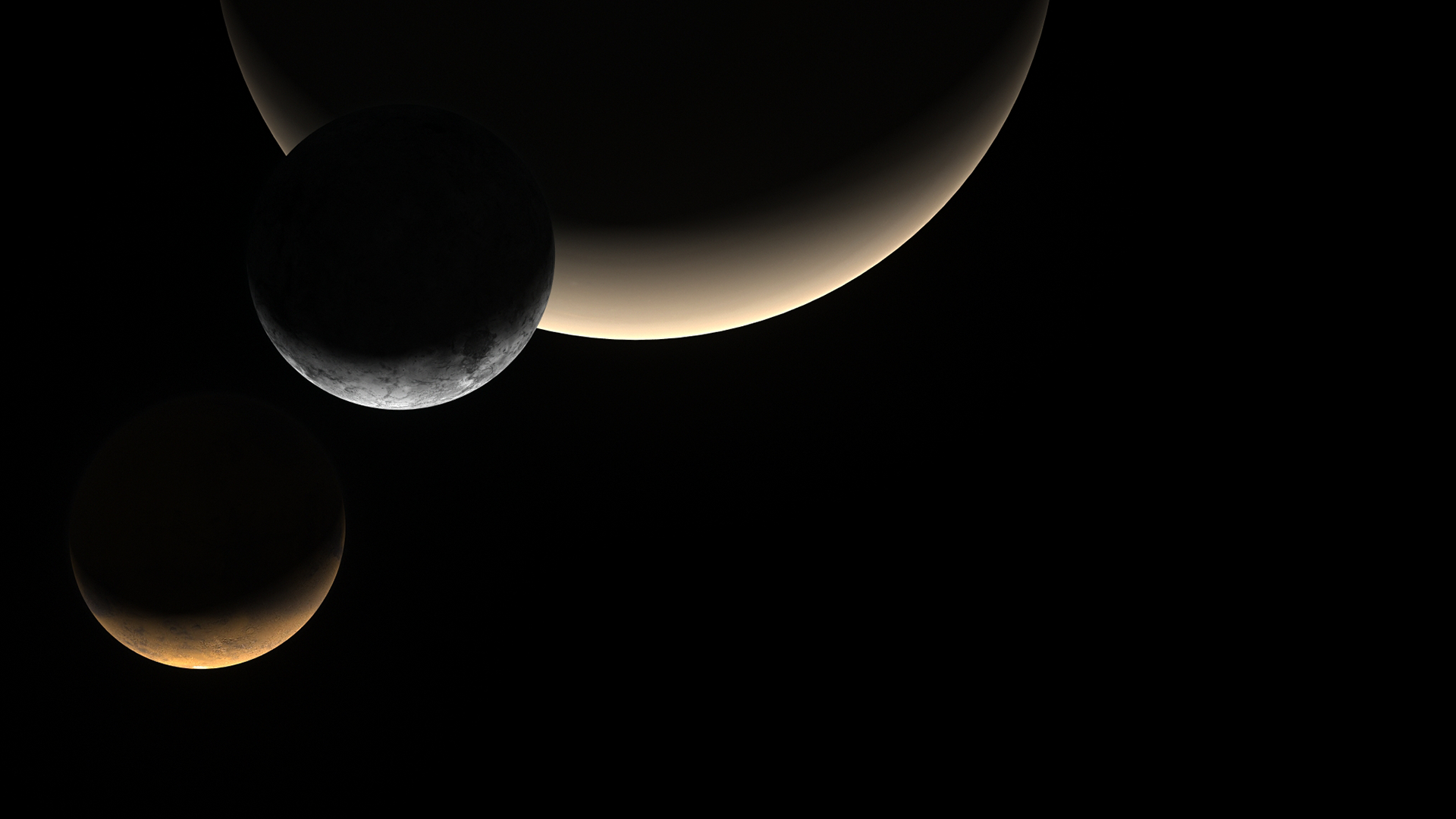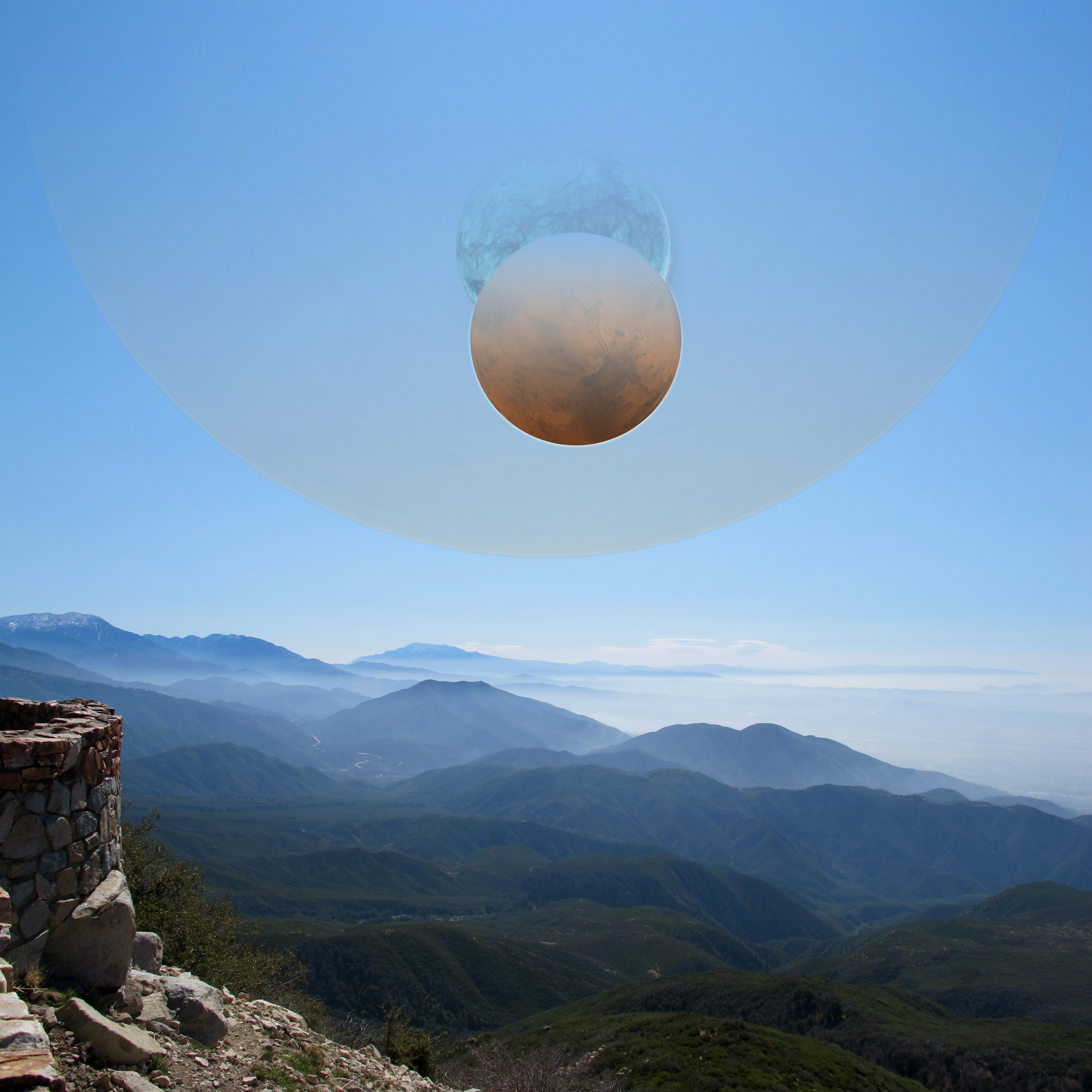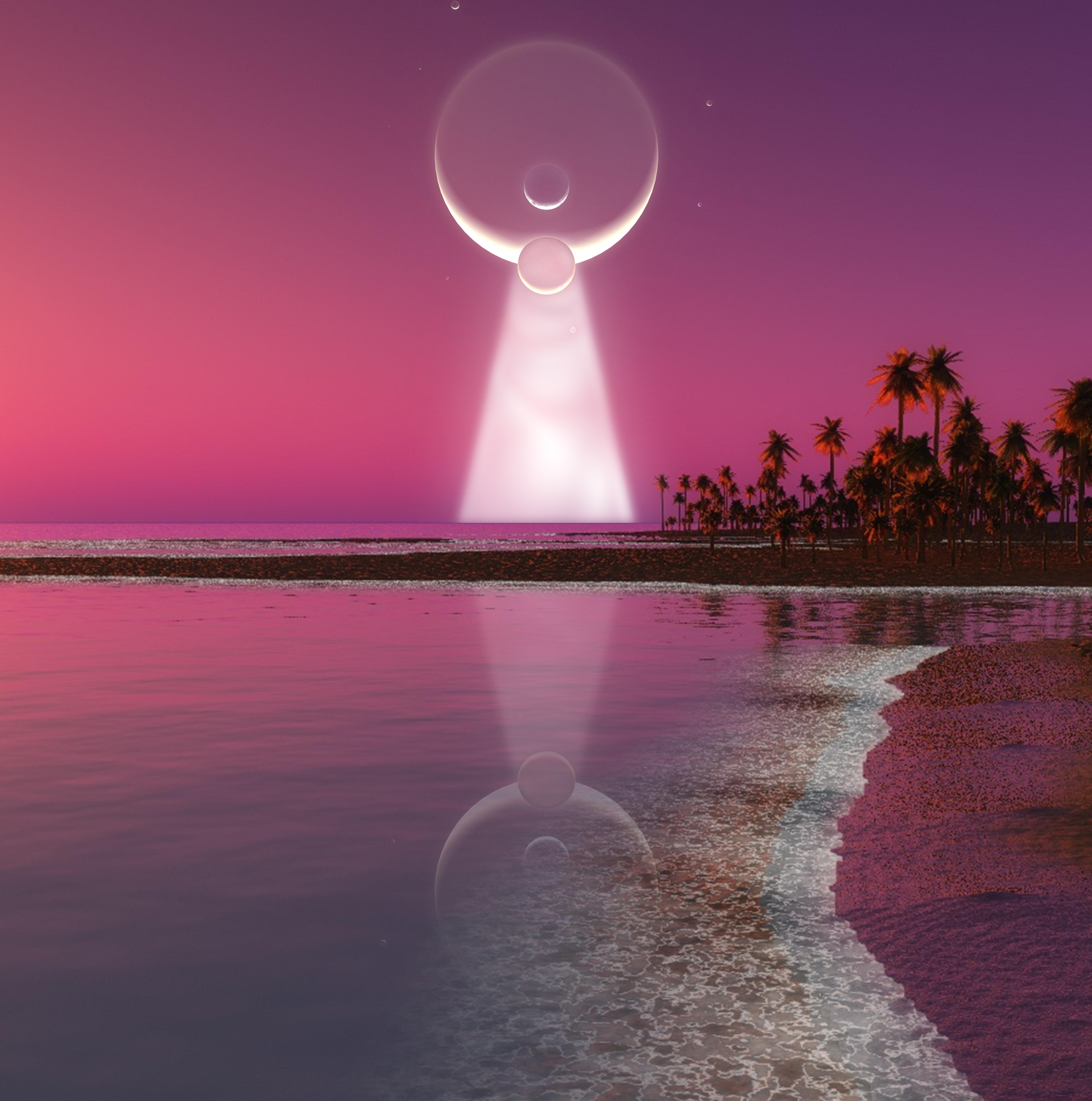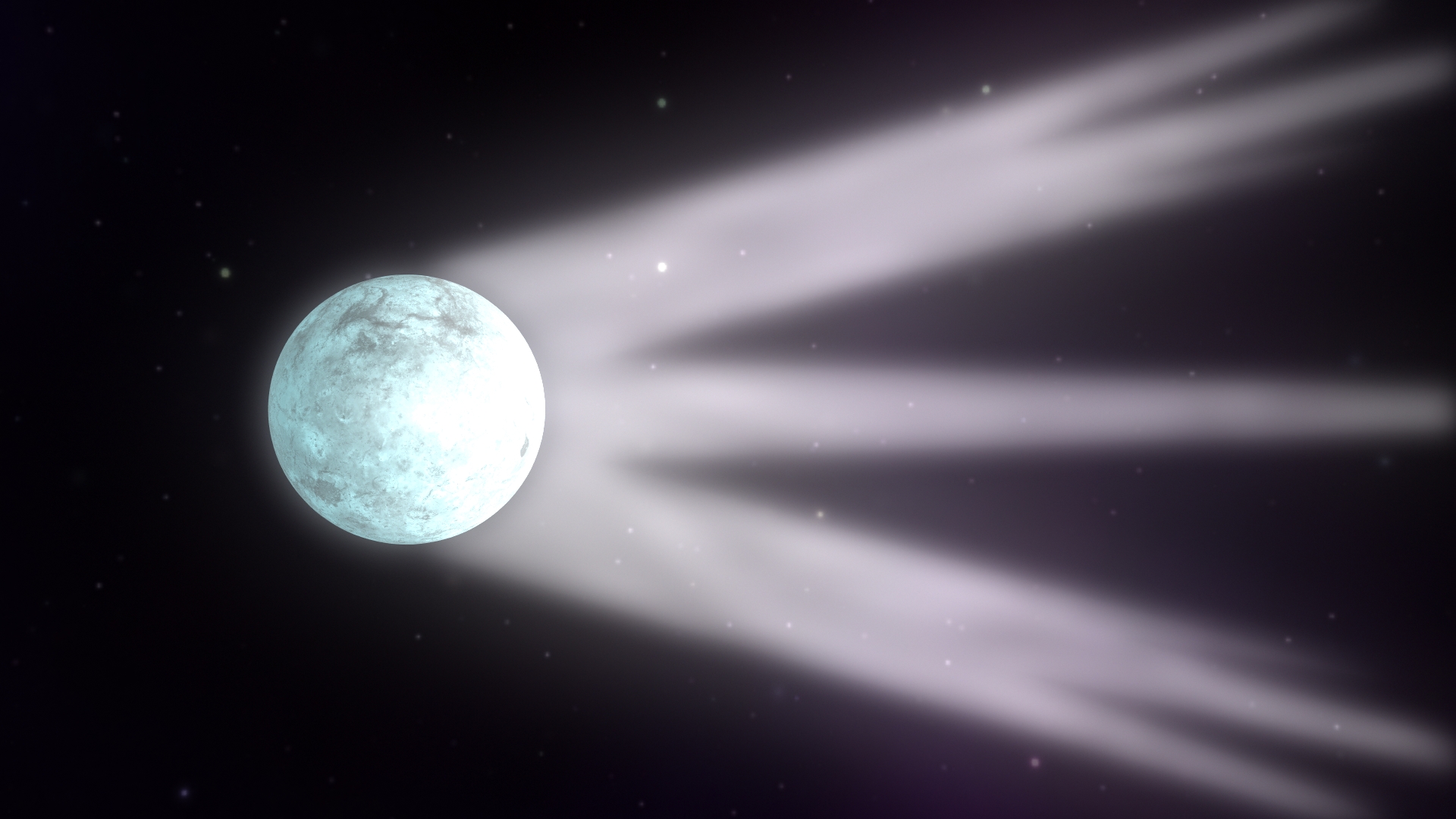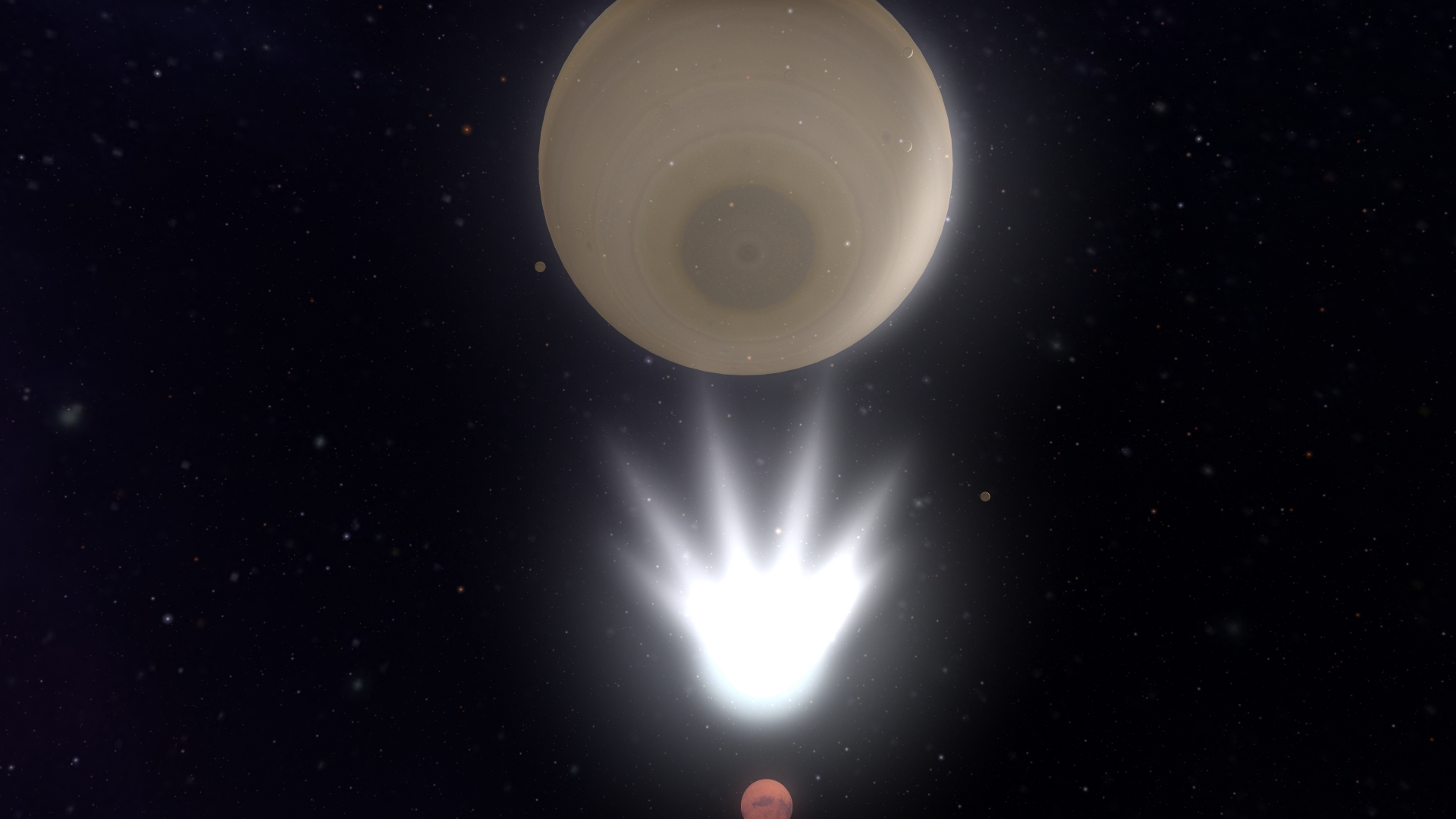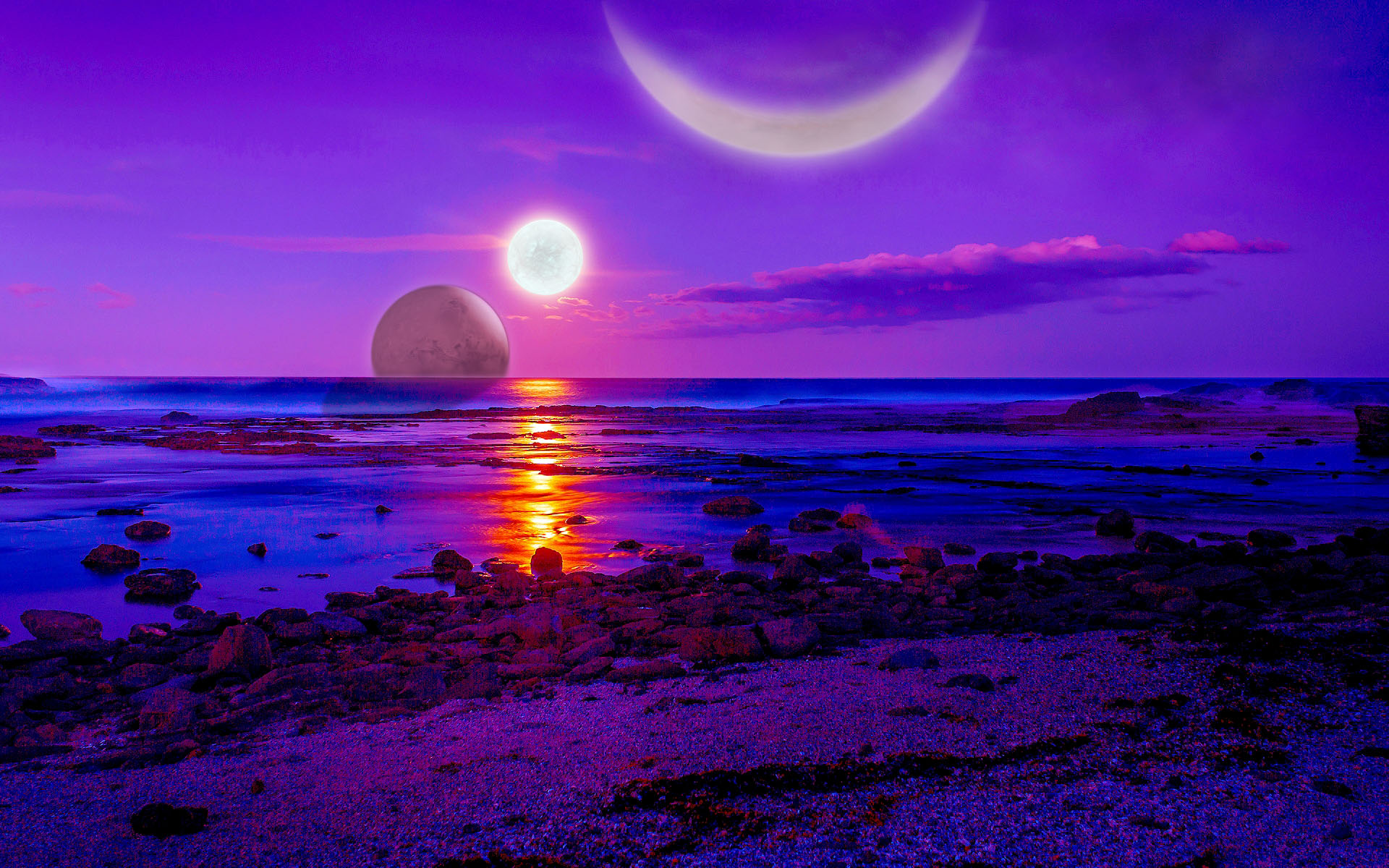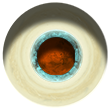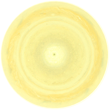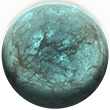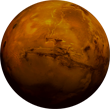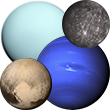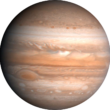An Introduction To The History Of Our Solar System
Electric discharge scarring is occurring even now on Jupiter’s closest moon, Io, and on Saturn’s moon, Enceladus. Electrical activity continues on Mars, driving “dust devils” the size of Mount Everest – created by the electrical differential between the surface of Mars and surrounding space.
All of the dominant surface features of Mars show the patterns of electric discharge, suggesting that in the past a vast quantity of material was excavated electrically from Mars. Electric Universe proponents suggest that it was an interplanetary arc that created the Martian Valles Marineris, the largest known scar on a solid planet. Much of the rocky material exploding from Mars became comets, asteroids, and meteorites.
